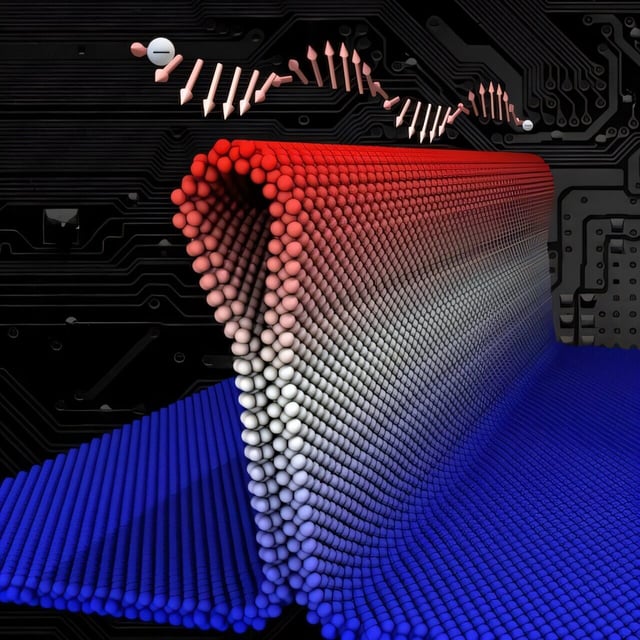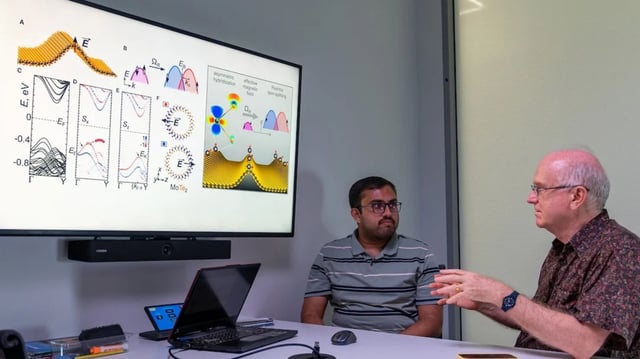Overview
- Rice University researchers report that bending atomically thin layers induces a persistent spin helix state that preserves spin even during scattering.
- The study identifies flexoelectric polarization from uneven strain as the internal field that splits spins and organizes them into the PSH texture.
- In hairpin folds of molybdenum ditelluride, the team measures an approximately 1 nanometer spin-precession length, the shortest reported so far.
- The authors present controlled bending — a simple mechanical pinch in 2D materials — as a practical route to engineer device-relevant spin fields.
- The peer-reviewed findings appear in Matter and were supported by the U.S. Office of Naval Research, Army Research Office, NSF, DOE and DoD.


